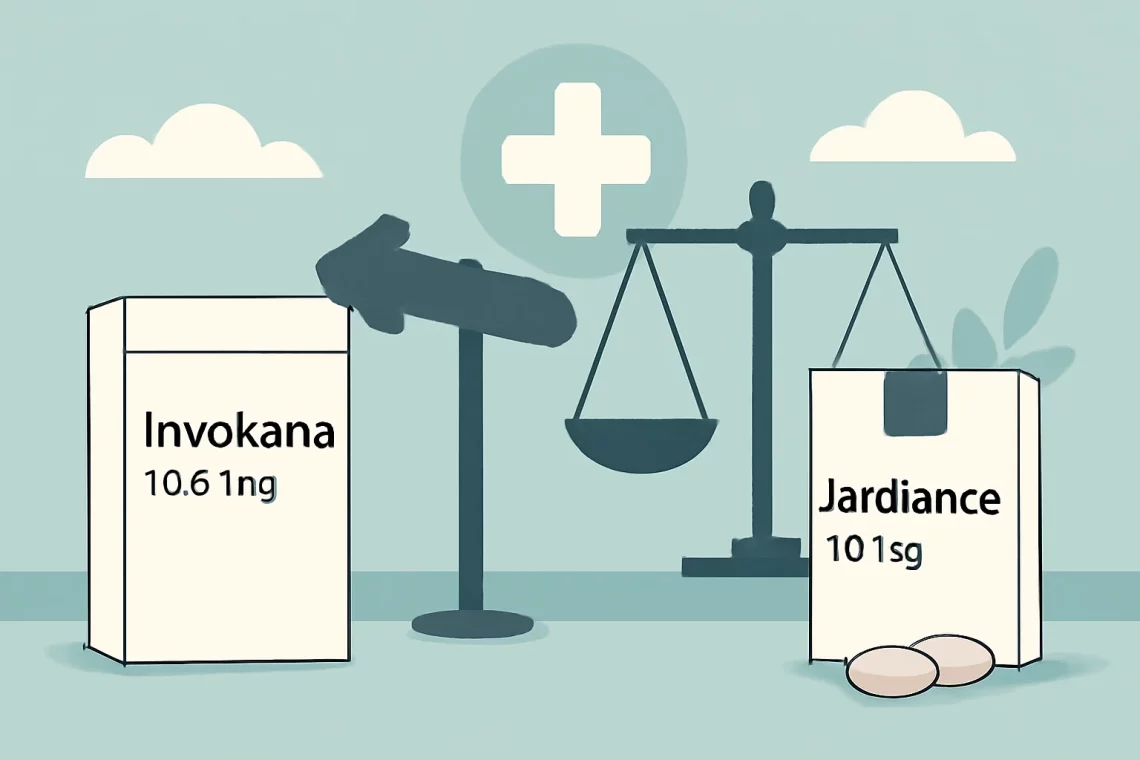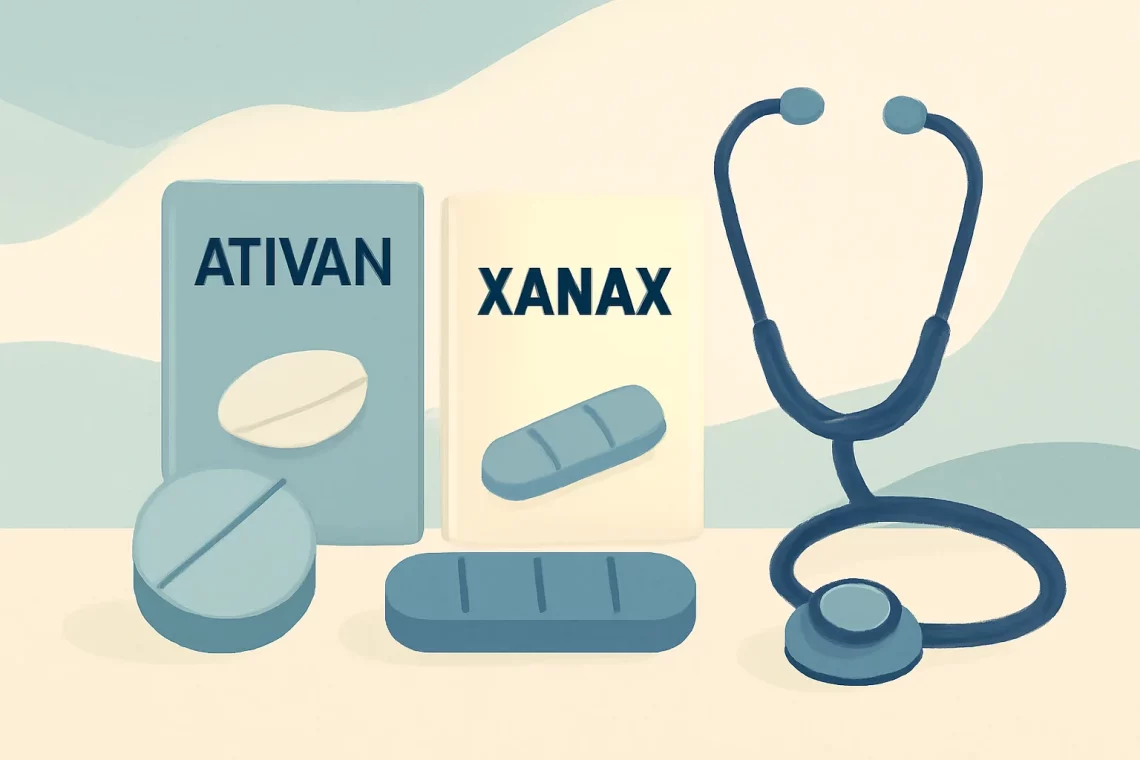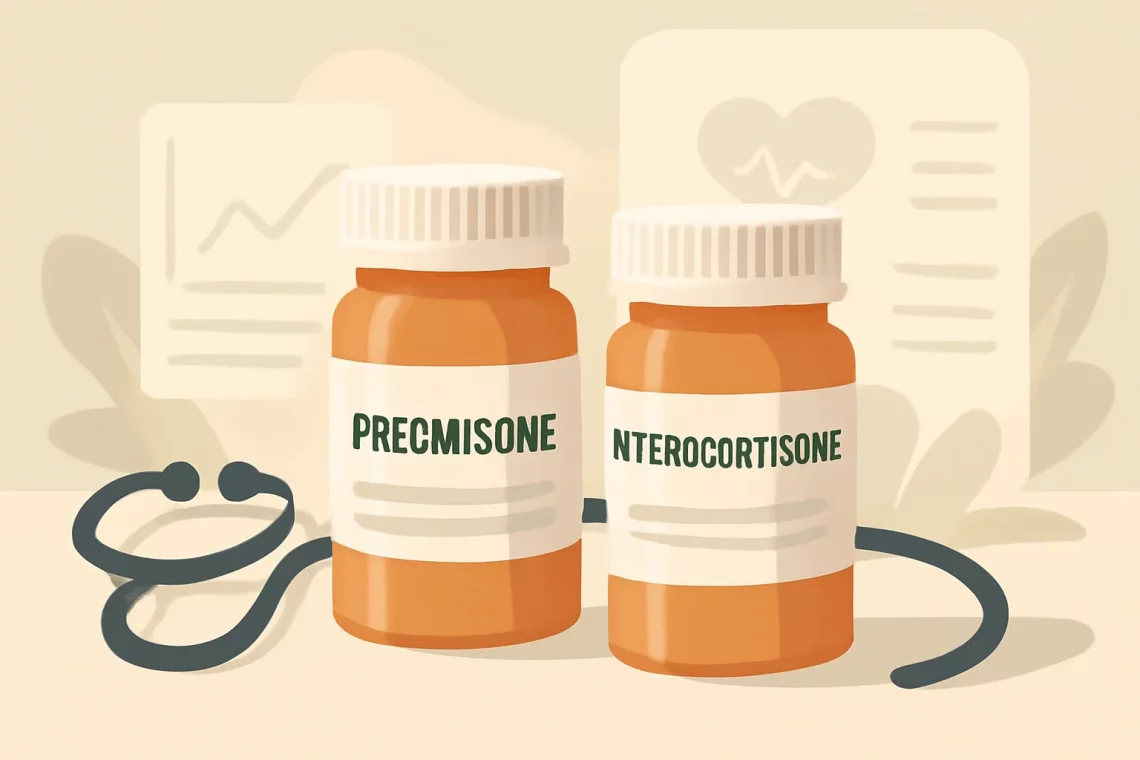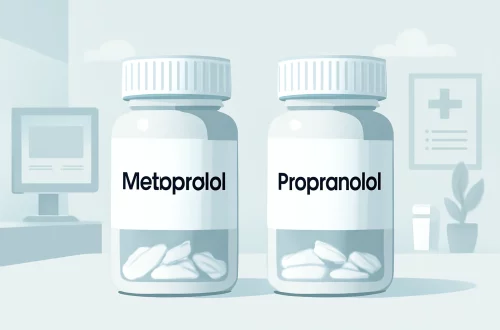-
Vyvanse or Concerta Which ADHD Medication is Right for You?
Vyvanse and Concerta are both popular medications used in the treatment of Attention Deficit Hyperactivity Disorder (ADHD). As awareness of ADHD has grown, so has the discussion surrounding the most effective treatments. Each medication has its unique properties, benefits, and potential side effects, which can significantly influence a patient’s quality of life. The choice between Vyvanse and Concerta is often influenced by individual needs, lifestyle, and medical history. Understanding the differences between these medications can help individuals make informed decisions about their treatment options. As ADHD continues to be a prevalent diagnosis among children and adults alike, the conversation around the most effective ways to manage its symptoms is more…
-
Vyvanse vs Concerta: Choosing the Right ADHD Medication for You
Vyvanse and Concerta are two of the most commonly prescribed medications for the treatment of Attention Deficit Hyperactivity Disorder (ADHD). Both medications play a crucial role in helping individuals manage their symptoms, enhancing focus, and improving overall quality of life. However, the choice between Vyvanse and Concerta can be daunting for patients and their families, as each medication has its unique properties, benefits, and potential side effects. In recent years, there has been increasing awareness about ADHD, leading to more diagnoses and subsequent treatment options. While the effectiveness of medication is often highlighted, it’s essential to consider the individual needs of each patient. Factors such as age, lifestyle, and medical…
-
Cephalexin vs Augmentin: Key Differences and Uses Explained
The world of antibiotics is vast and complex, often leaving patients and healthcare professionals with challenging choices. Among the many antibiotics available, Cephalexin and Augmentin are two commonly prescribed medications. Both belong to different classes of antibiotics and are utilized to combat bacterial infections, but they differ significantly in their mechanisms, uses, and effectiveness. Understanding these differences is crucial for making informed decisions regarding treatment options. Cephalexin is a first-generation cephalosporin antibiotic, known for its efficacy against a variety of gram-positive bacteria. It works by disrupting the synthesis of the bacterial cell wall, ultimately leading to cell death. On the other hand, Augmentin is a combination antibiotic that contains amoxicillin…
-
Amoxicillin vs Clindamycin: Comparing Antibiotics for Effective Treatment
In recent years, the importance of understanding antibiotics has grown significantly among the general public. With the rise of antibiotic resistance and the increasing prevalence of bacterial infections, it is essential to be informed about the various treatment options available. Among these options, Amoxicillin and Clindamycin are two commonly prescribed antibiotics that serve different purposes and have distinct mechanisms of action. Both drugs are used to combat bacterial infections, but they vary in their effectiveness against specific types of bacteria and conditions. This knowledge is crucial not only for healthcare professionals but also for patients who want to make informed decisions about their treatment. The conversation around antibiotics often delves…
-
Invokana vs Jardiance: Choosing the Right Diabetes Medication for You
When it comes to managing type 2 diabetes, patients often find themselves navigating a myriad of medication options. Two of the most commonly prescribed medications are Invokana and Jardiance, both of which belong to a class of drugs known as SGLT2 inhibitors. These medications work by preventing the reabsorption of glucose in the kidneys, leading to increased glucose excretion through urine. As diabetes management becomes increasingly personalized, understanding the differences, benefits, and potential side effects of each medication can empower patients in their treatment decisions. With a focus on improving glycemic control and reducing cardiovascular risks, both Invokana and Jardiance have garnered significant attention in the medical community. However, the…
-
Ativan vs Xanax: Understanding the Differences and Uses
Ativan and Xanax are two commonly prescribed medications that belong to a class of drugs known as benzodiazepines. These medications are primarily used for the treatment of anxiety disorders, panic attacks, and other related conditions. While both Ativan and Xanax share similar therapeutic effects, there are notable differences between the two that can influence a healthcare provider’s choice in prescribing one over the other. Understanding these differences, including their pharmacological properties, potential side effects, and the contexts in which they are most effective, is crucial for patients seeking relief from anxiety and related symptoms. As anxiety disorders become increasingly prevalent, the conversations surrounding the use of such medications have garnered…
-
Xanax vs Librium: Understanding the Differences and Uses
Xanax and Librium are two medications that fall under the category of anxiolytics, commonly prescribed to manage anxiety and related disorders. While both drugs serve a similar purpose, they possess distinct characteristics, mechanisms of action, and potential side effects. Understanding these differences can be crucial for patients and healthcare providers alike. The increasing prevalence of anxiety disorders in today’s fast-paced world has heightened the demand for effective treatment options. As such, a thorough examination of anxiety medications like Xanax and Librium is essential for informed decision-making. When discussing anxiolytics, it’s important to recognize that they interact with the brain’s neurotransmitters, particularly gamma-aminobutyric acid (GABA). This interaction can lead to a…
-
Atorvastatin vs Vytorin: Which Cholesterol Medication Is Right for You?
Atorvastatin and Vytorin are two commonly prescribed medications that play a significant role in managing cholesterol levels and reducing the risk of cardiovascular diseases. Statins are a class of drugs that include atorvastatin, which primarily works by inhibiting an enzyme involved in cholesterol production in the liver. On the other hand, Vytorin combines two active ingredients, ezetimibe and simvastatin, to lower cholesterol levels through dual mechanisms: reducing cholesterol absorption in the intestines and decreasing its production in the liver. The global prevalence of high cholesterol levels and associated cardiovascular conditions has made the management of these health issues increasingly important. Millions of people rely on medications like atorvastatin and Vytorin…
-
Ativan vs Valium: Understanding Their Differences and Uses
Ativan and Valium are two widely recognized medications that belong to the benzodiazepine class of drugs. Both are primarily used to treat anxiety and other related conditions, but they have different properties, indications, and effects on the body. As the prevalence of anxiety disorders continues to rise, understanding the distinctions between these two medications becomes increasingly important. Benzodiazepines work by enhancing the effects of a natural chemical in the body called gamma-aminobutyric acid (GABA). This action leads to a calming effect on the central nervous system, which can be beneficial for those experiencing anxiety, panic attacks, or sleep disorders. However, while both Ativan (lorazepam) and Valium (diazepam) serve similar purposes,…
-
Prednisone vs Hydrocortisone: Key Differences and Uses Explained
Prednisone and hydrocortisone are two corticosteroids that are commonly used in the medical field for their anti-inflammatory and immunosuppressive properties. These medications have been pivotal in treating a variety of conditions, including autoimmune diseases, allergies, and certain cancers. Despite their similarities, there are significant differences between the two that can influence a healthcare provider’s choice in prescribing one over the other. Corticosteroids, like prednisone and hydrocortisone, are synthetic drugs that mimic the effects of hormones produced by the adrenal glands. They play a crucial role in managing the body’s response to stress and inflammation. Understanding the nuances of these medications is essential for both healthcare professionals and patients alike, as…






































